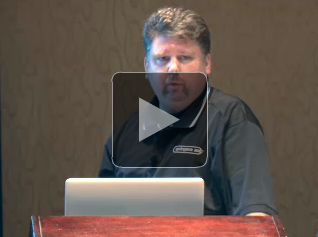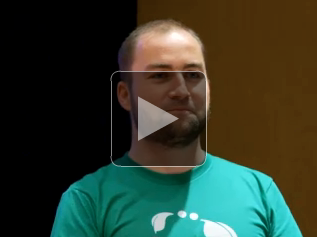Video: SpringOne 2GX - Messaging for Modern Applications
Now that everyone has had a chance to see the keynote presentations from SpringOne 2GX 2011, we are going to dive deeper into the conference sessions. This video presentation is by Tom McCuch, Senior Sales Engineer for SpringSource, and he discusses Messaging for Modern Applications. Tom covers
- Modern Applications: trends and impact of messaging as well as messaging application architecture
- Spring Integration: messaging use cases and a messaging DSL for Spring applications
- AMQP: architecture and implementation by RabbitMQ
Many thanks to InfoQ for coming to Chicago to record so many of the fantastic SpringOne 2GX presentations.



